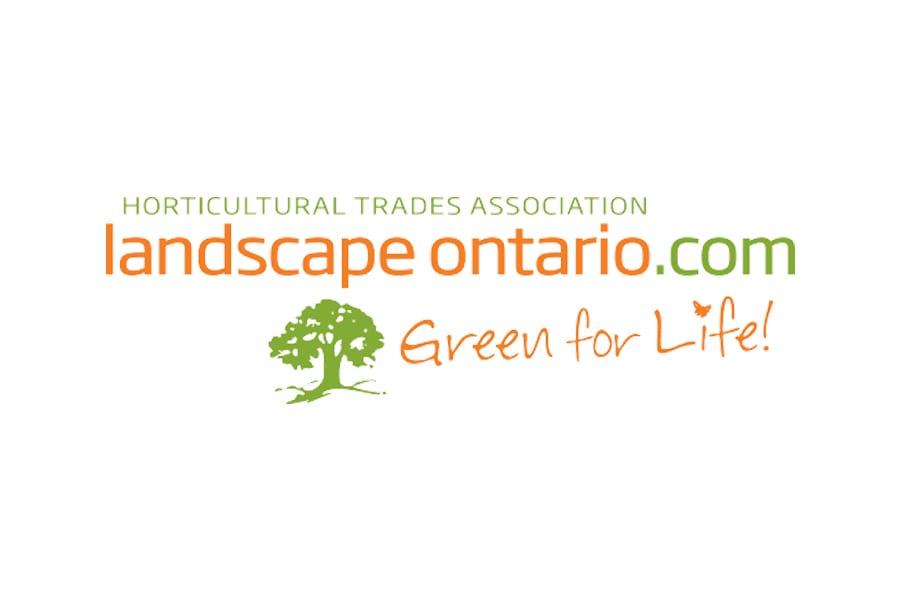
- Jul 5, 2024
- Dreamworks Tree Services
- Tree Removal
- 0 Comments
Top Signs That It’s Time for a Tree Removal
Trees add beauty and value to any property, but they can pose significant risks when they become unhealthy or unsafe. Imagine a large tree falling on your home during a storm—such incidents highlight the importance of recognizing when a tree needs to be removed. Identifying the signs of a distressed tree is crucial for maintaining the safety and aesthetics of your property. In this guide, we will explore the top indicators that it’s time to consider tree removals.
Physical Damage
Cracks and Splits
Visible cracks and splits in the trunk or major branches indicate severe structural weakness. These fissures can develop due to various factors, including high winds, heavy snow, or simply the natural aging process of the tree. When a tree has such damage, it becomes highly susceptible to breaking apart during storms or strong winds, posing significant danger to nearby structures and people.
For instance, during a storm, the weight of rainwater and the force of wind can exploit these weak points, causing large branches or even the entire tree to collapse. Regularly inspecting your trees for these signs can help you address the issue before it becomes a significant hazard.
Leaning Trees
A tree that suddenly starts to lean is a major red flag. This could signify root or structural problems that compromise the tree’s stability. While some trees naturally grow at an angle, a sudden lean, especially if accompanied by cracked soil or exposed roots, indicates a serious issue.
Leaning trees are particularly dangerous because they can fall without warning. The risk is even greater if the tree leans towards a structure, pathway, or area where people frequently gather. In such cases, immediate action is necessary to prevent potential accidents.
Health Indicators
Dead or Dying Tree
Identifying a dead or dying tree is crucial for safety and property maintenance. Several signs can indicate that a tree is in distress:
- Lack of Leaves: One of the most apparent signs is a lack of leaves during the growing season. Healthy trees should have full, vibrant foliage, whereas a dying tree will have sparse or nonexistent leaves.
- Brittle, Dry Branches: Dead or dying trees often have brittle, dry branches that break easily. You can test this by snapping a small twig; if it’s dry and snaps easily without any green inside, the tree may be dying.
- No New Growth: A lack of new growth, such as buds or new leaves, can indicate that a tree is no longer thriving. This is a clear sign that the tree is unhealthy and may need removal.
- Peeling Bark: Bark that is peeling off or falling away in large chunks is another indicator that a tree is unhealthy. Healthy trees typically have intact bark.
Dead trees are often beyond saving and pose significant risks. They can easily fall during storms or high winds, potentially causing damage to property and posing a threat to safety. Removing dead trees promptly is essential to prevent these hazards.
Fungal Growth
The presence of mushrooms or fungi at the base of a tree is a strong indicator of internal decay. Fungi thrive on decaying organic matter, and their growth signifies that the tree is decomposing from the inside out.
- Types of Fungi: Common fungi affecting trees include honey fungus and bracket fungus. Honey fungus is particularly destructive and can cause significant root and trunk decay. Bracket fungi often appear as shelf-like structures on the trunk or branches, indicating severe internal damage.
- Effects on Tree Health: Fungal infestations weaken the tree’s structure, making it more prone to breaking or falling. They also impede the tree’s ability to transport water and nutrients, accelerating its decline.
Fungal growth is a serious issue and often requires professional assessment. An arborist can determine the extent of the decay and recommend whether the tree can be treated or needs to be removed.
Additional Indicators of Poor Health
- Discolouration of Leaves: Leaves that are yellowing, browning, or showing unusual patterns of discolouration can indicate disease or nutrient deficiencies.
- Presence of Dead Wood: A significant amount of dead wood within the canopy can signify that the tree is struggling to survive.
- Sap Oozing: Excessive sap oozing from the trunk or branches can be a sign of infection or pest infestation.
Pest Infestation
Insect Damage
Insects can cause significant damage to trees, and early detection is critical to preventing extensive harm. Signs of pest infestation include holes in the bark, sawdust-like material (frass) around the base of the tree, and unusual leaf damage.
Specific pests that commonly cause severe damage include:
- Bark Beetles: These pests bore into the tree, disrupting the flow of nutrients and water.
- Emerald Ash Borers: Known for their distinctive green colour, these insects can devastate ash trees if not controlled.
Insect infestations weaken trees, making them more vulnerable to disease and structural failure. Addressing pest problems promptly can prevent the need for tree removal.
Animal Damage
Damage caused by animals such as woodpeckers or rodents can also indicate underlying problems with a tree’s health. Woodpeckers, for instance, often target trees infested with insects, creating multiple holes in the process.
Rodents may gnaw on the bark and roots, weakening the tree and increasing the risk of disease. Monitoring for animal damage and addressing it early can help preserve the tree’s health and prevent more serious issues.
Root Issues
Exposed Roots
Exposed roots can be a sign of erosion or instability. When roots become visible above the soil, it indicates that the tree may not be securely anchored, making it susceptible to toppling over.
Exposed roots can also suffer from physical damage, leading to root rot. Root rot is a severe condition that compromises the tree’s stability and health, often necessitating removal to prevent accidents.
Root Damage
Construction or landscaping activities that damage a tree’s roots can have long-term health implications. Roots provide essential nutrients and stability, and any damage can weaken the tree significantly.
Signs of root damage include reduced growth, yellowing leaves, and sudden wilting. In severe cases, the tree may not recover, making removal the safest option to prevent future hazards.
Environmental Factors
Proximity to Structures
Trees growing too close to buildings, power lines, or other structures can pose significant risks. Their roots can interfere with foundations, and branches can damage roofs or windows. In storms, these trees can fall and cause extensive property damage.
Taking down trees that are too close to structures may be necessary to ensure safety. This precaution helps prevent costly repairs and maintains the integrity of your property.
Soil Conditions
Poor soil conditions, such as excessive moisture or compaction, can affect a tree’s health and stability. Waterlogged soil can suffocate roots, leading to rot, while compacted soil restricts root growth and nutrient absorption.
Monitoring soil conditions and ensuring proper drainage and aeration can help maintain tree health. However, if poor soil conditions persist and the tree’s health declines, removal may be necessary to prevent it from becoming a hazard.
Ensuring Safe and Aesthetic Property Maintenance
Recognizing the signs that it’s time for tree removals is crucial for maintaining a safe and beautiful property. Key indicators include physical damage, health issues, pest infestations, root problems, and environmental factors. Regularly inspecting your trees and consulting with a professional arborist can help you address these issues promptly and effectively.
Timely tree removal prevents accidents, enhances property aesthetics, and promotes a healthy environment. For professional tree removal services, contact experienced providers who can assess and handle the situation safely and efficiently.

FAQs About Tree Removal
- What factors affect the cost of tree removal? The cost of tree removal depends on the tree’s size, location, and complexity of the removal process. Accessibility and proximity to structures can also influence the price.
- How long does tree removal take? The duration varies based on the tree’s size and location. Small trees may take a few hours, while larger trees can take a full day or more.
- Does insurance cover tree removal? This depends on your insurance policy and the reason for tree removal. It’s best to check with your insurer for specific coverage details.
Ensuring Safe and Aesthetic Property Maintenance
Maintaining a healthy and safe environment around your property is an ongoing process. Regular check-ups, timely interventions, and professional guidance are vital in achieving this goal. For comprehensive tree care and removal services, reach out to trusted arborists who can provide the expertise needed to keep your property in top shape.
For more information and to schedule a consultation, contact DreamWorks Tree Services. Let us help you ensure the safety and beauty of your landscape with our expert tree removal services.












